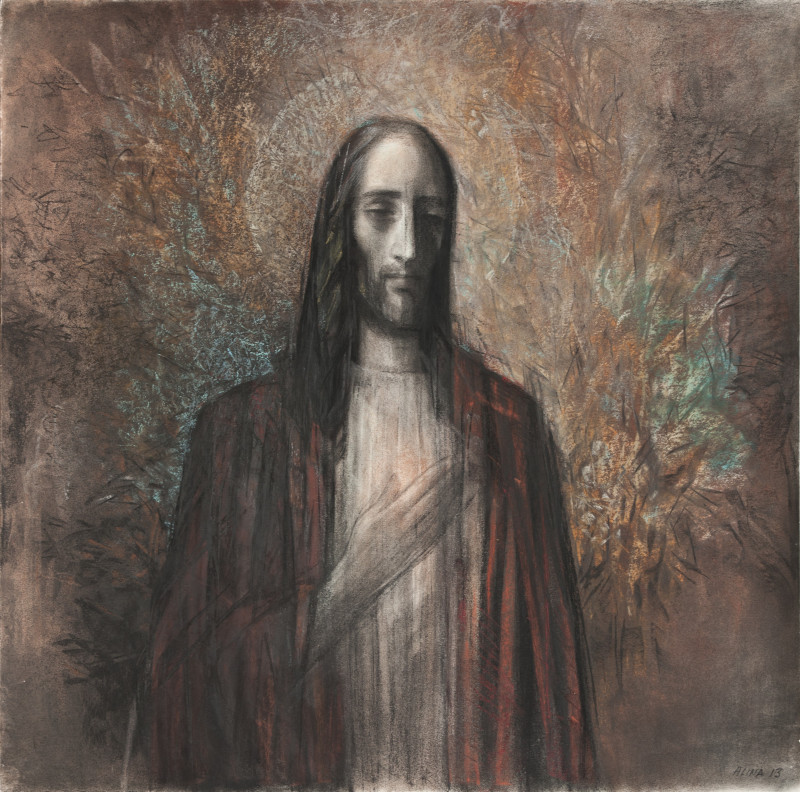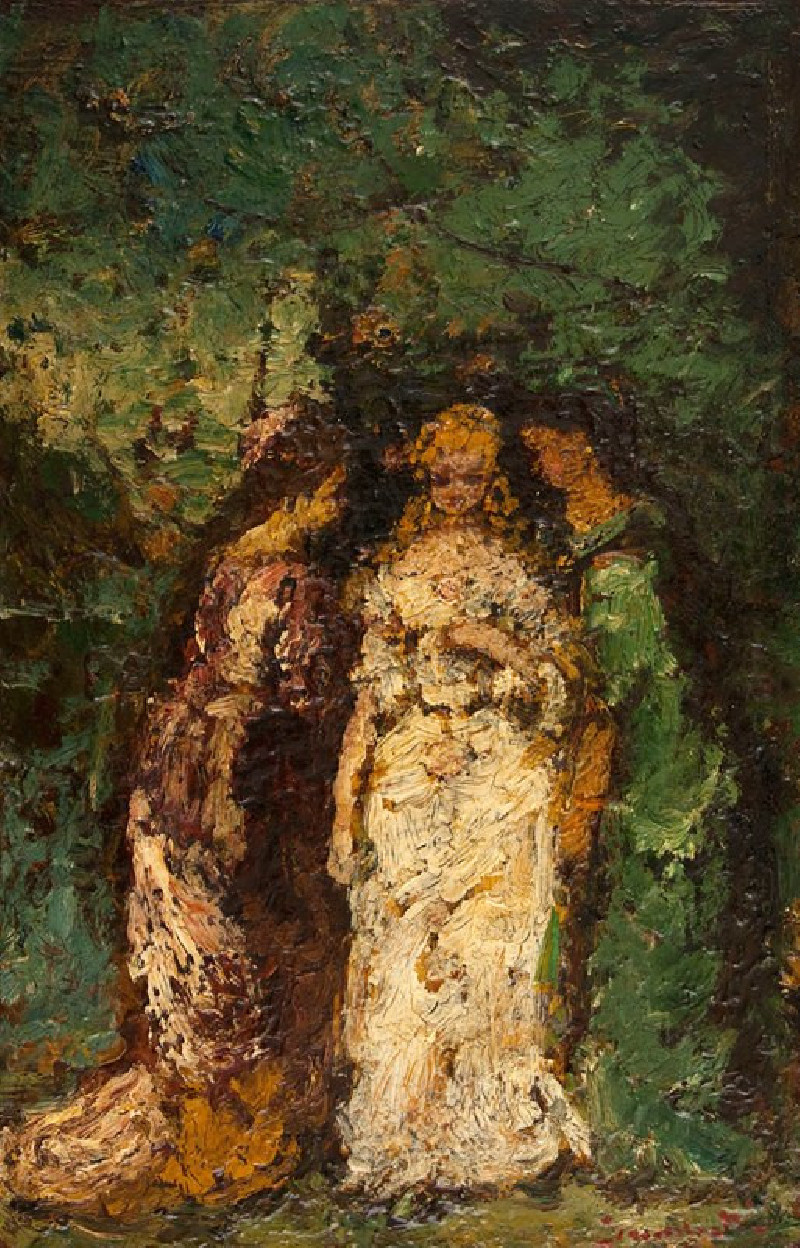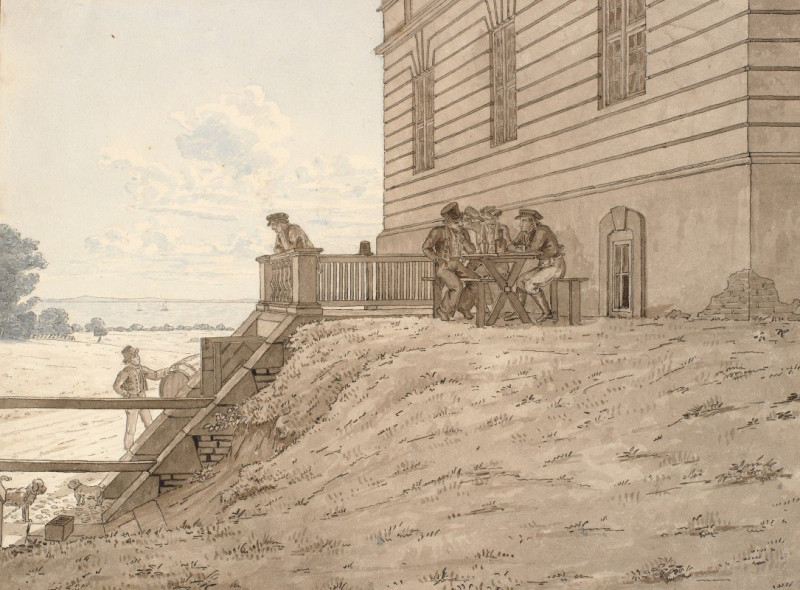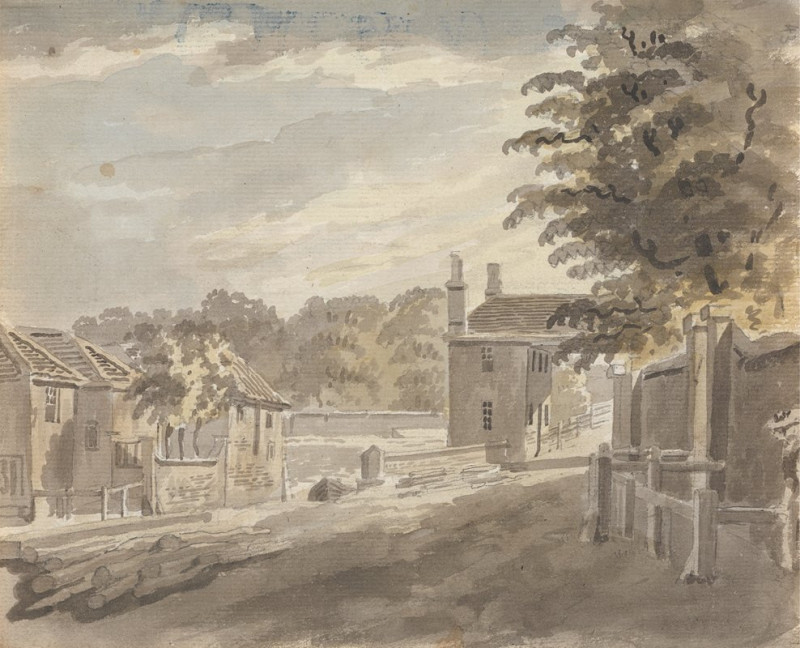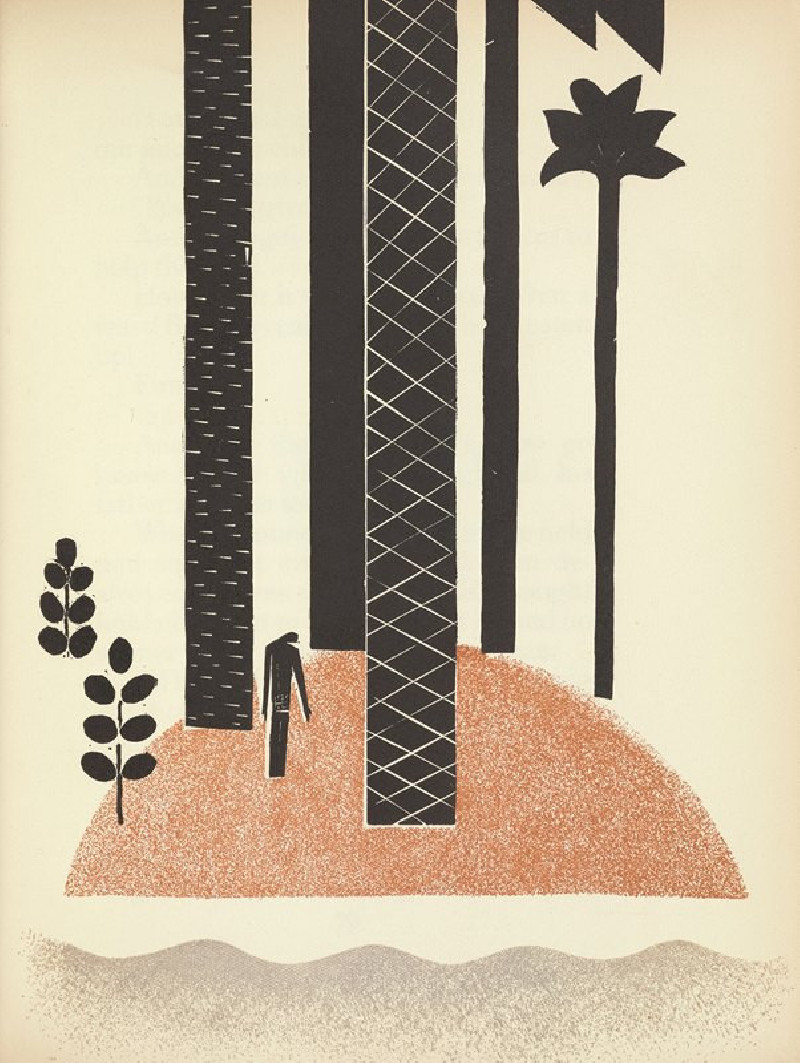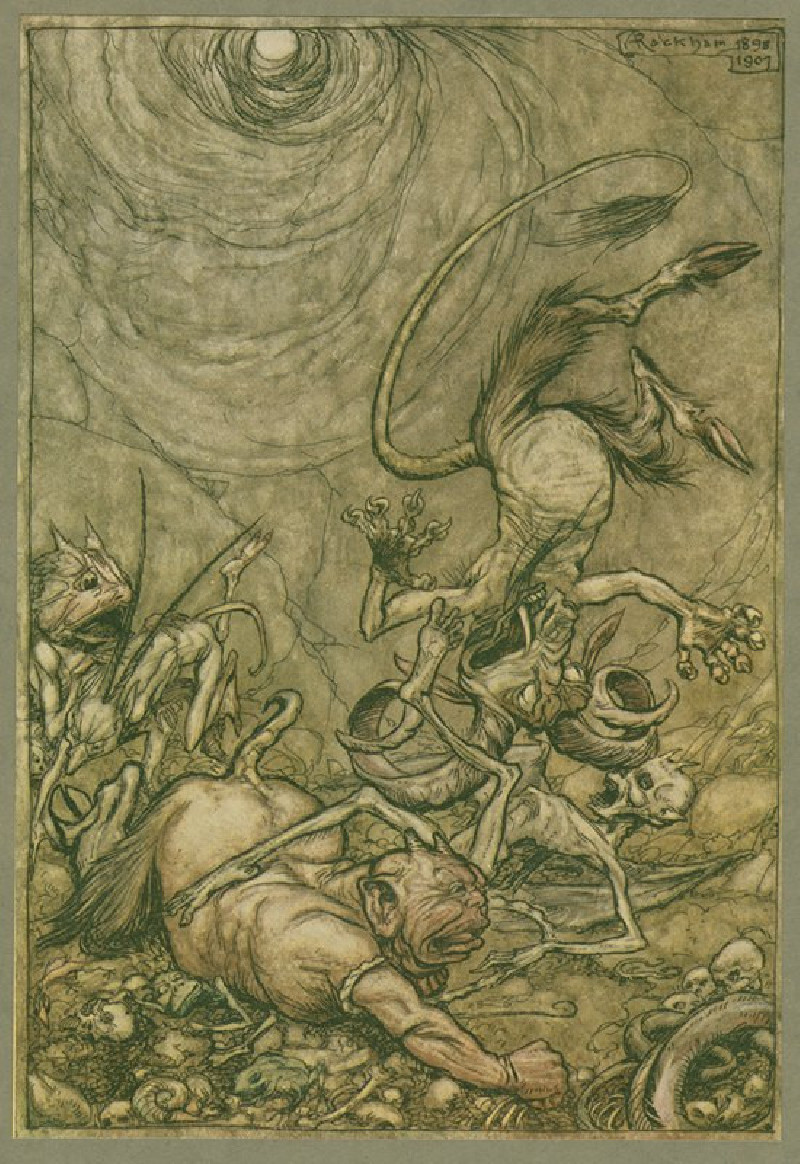Madhouse (after 1794)
Technique: Giclée quality print
Recommended by our customers
More about this artwork
Francisco de Goya, a master of Spanish painting, presents a deeply stirring scene in his artwork entitled "Madhouse," painted after 1794. This work plunges the viewer into the chaotic and unsettling world of a psychiatric ward, shedding light on the societal and mental health issues of the era.The painting depicts a group of inmates in various states of unrest and delusion. Central to the composition is a man proudly raising his arm, naked and seemingly oblivious to his surroundings. Around him, other figures engage in bizarre and distressing activities—some wear makeshift crowns and tattered garments, suggesting delusions of grandeur or identity misperceptions common in psychiatric illnesses. The dimly lit, cavernous room is sparsely furnished, with barred windows high above, indicating the isolation and captivity of the inmates.Goya's use of loose, expressive brushstrokes and a subdued palette emphasizes the grim atmosphere and the grim reality faced by the mentally ill during his times. Shadows and light play crucial roles, highlighting the expressions of despair and confusion on the occupants' faces, and the overall sense of turmoil that pervades the scene."Madhouse" is more than just a depiction of a place; it is a powerful commentary on the human condition and the often misunderstood world of mental illness. Goya, through this haunting image, invites reflection on the treatment and perception of mental health, both in his time and ours.
Delivery
Returns
Francisco José de Goya y Lucientes (30 March 1746 – 16 April 1828) was a Spanish romantic painter and printmaker. He is considered the most important Spanish artist of the late 18th and early 19th centuries. His paintings, drawings, and engravings reflected contemporary historical upheavals and influenced important 19th- and 20th-century painters. Goya is often referred to as the last of the Old Masters and the first of the moderns.



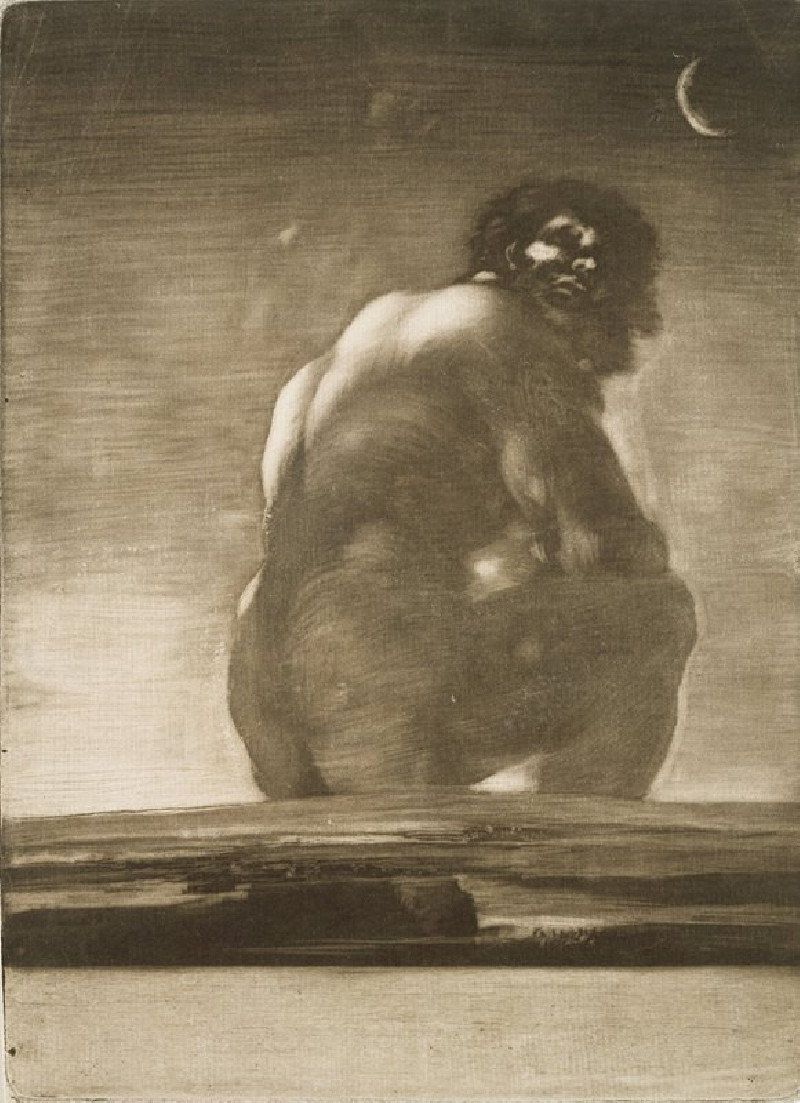
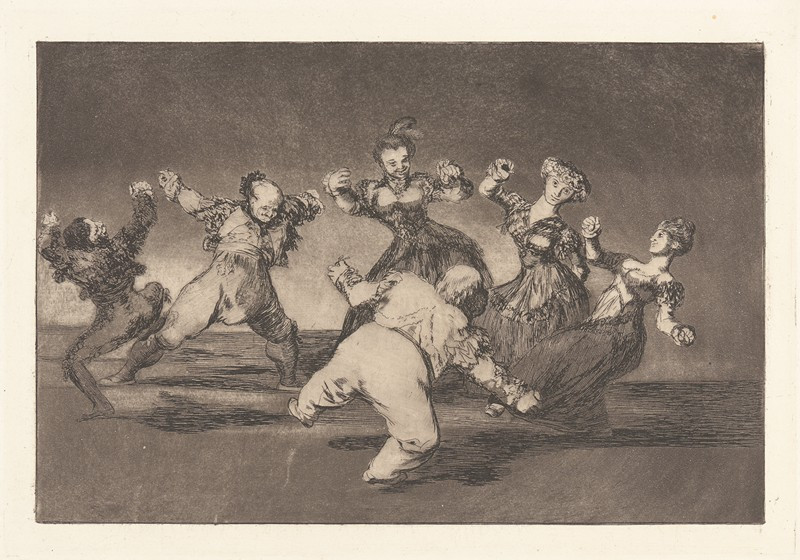
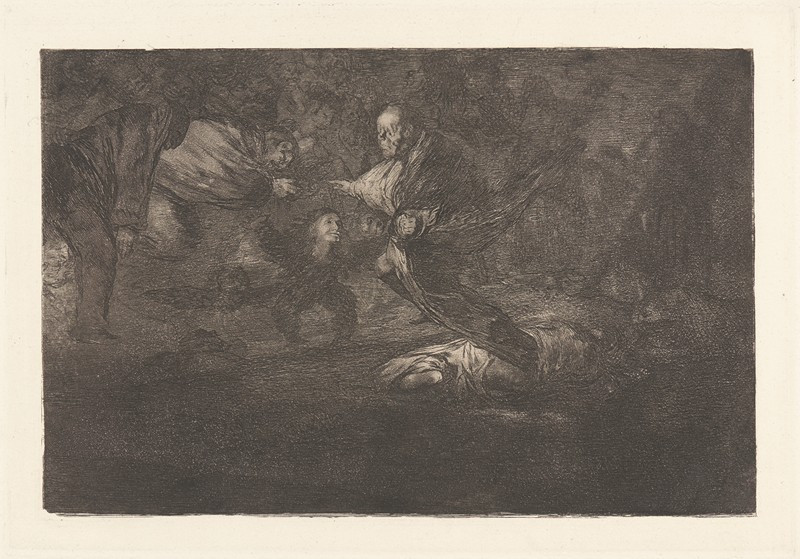
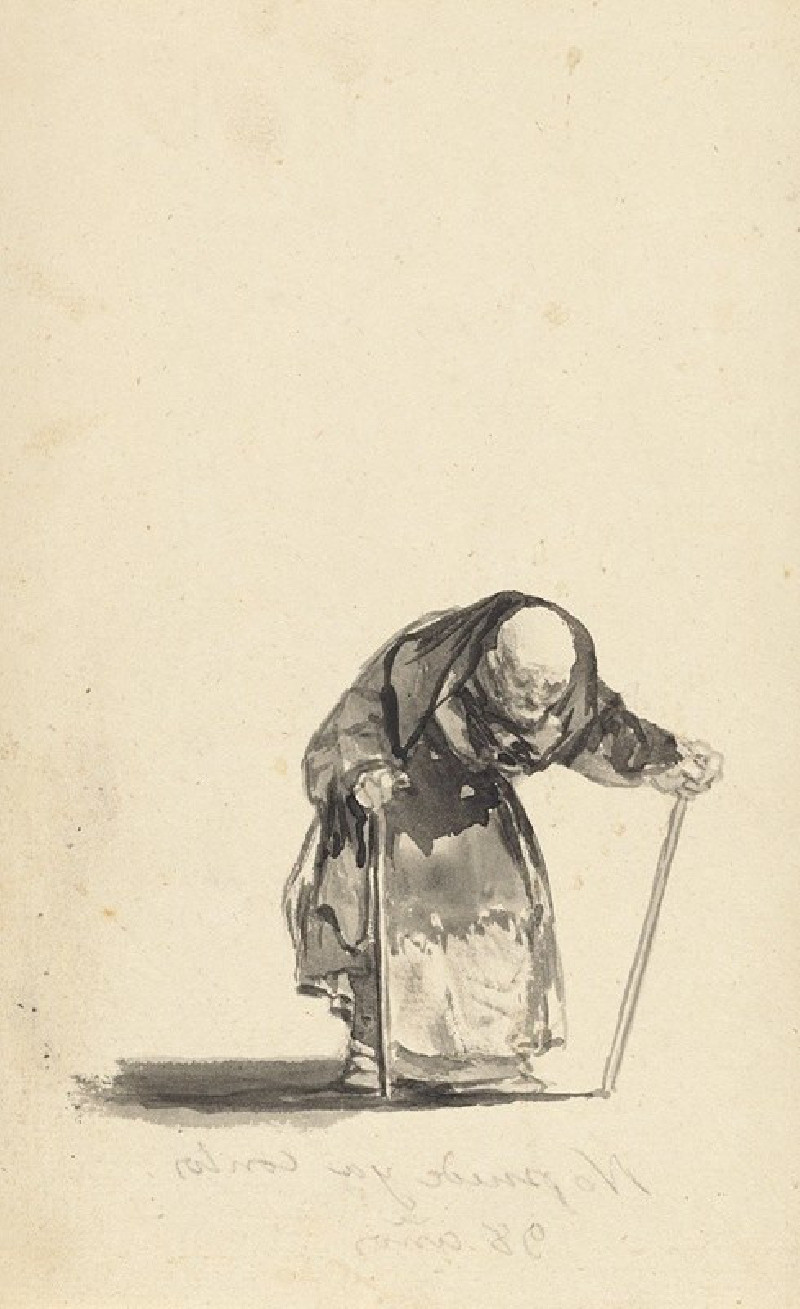
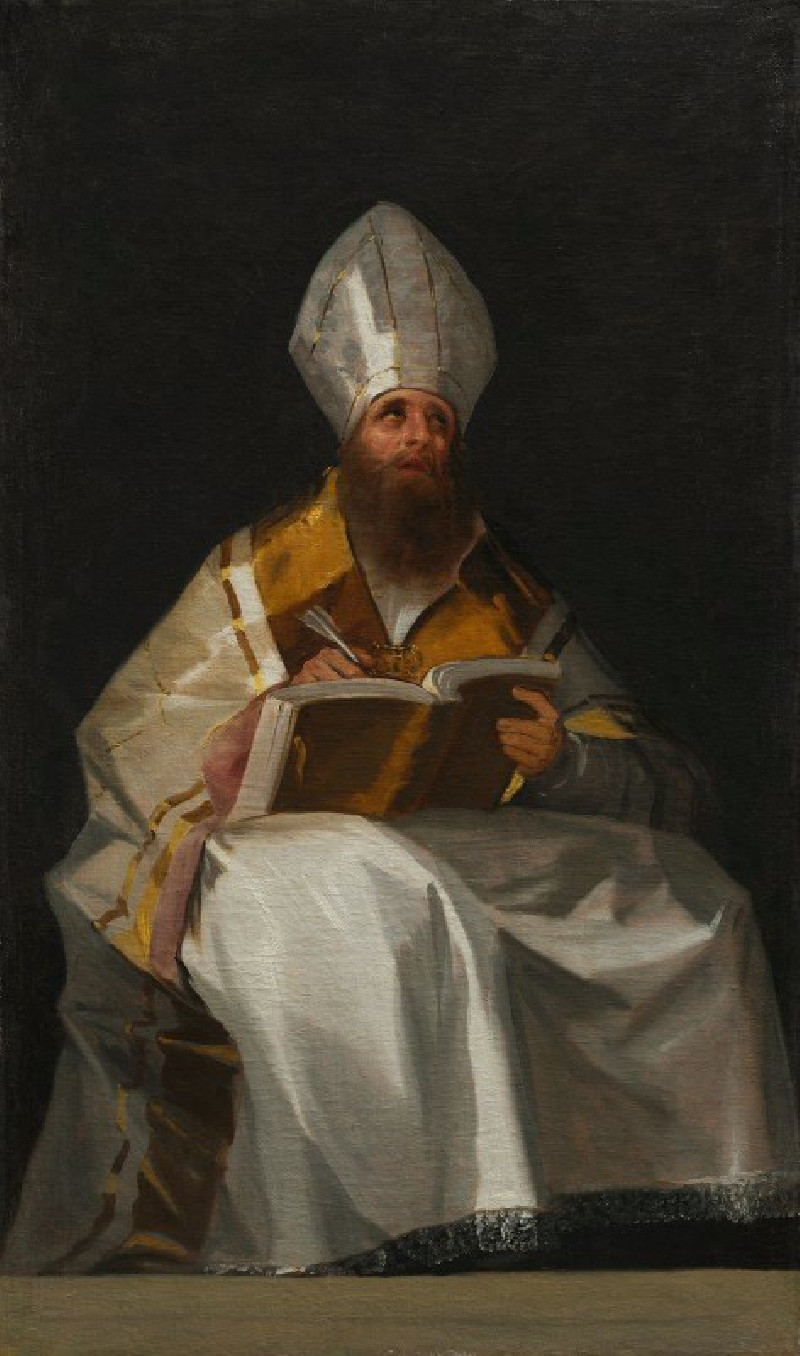
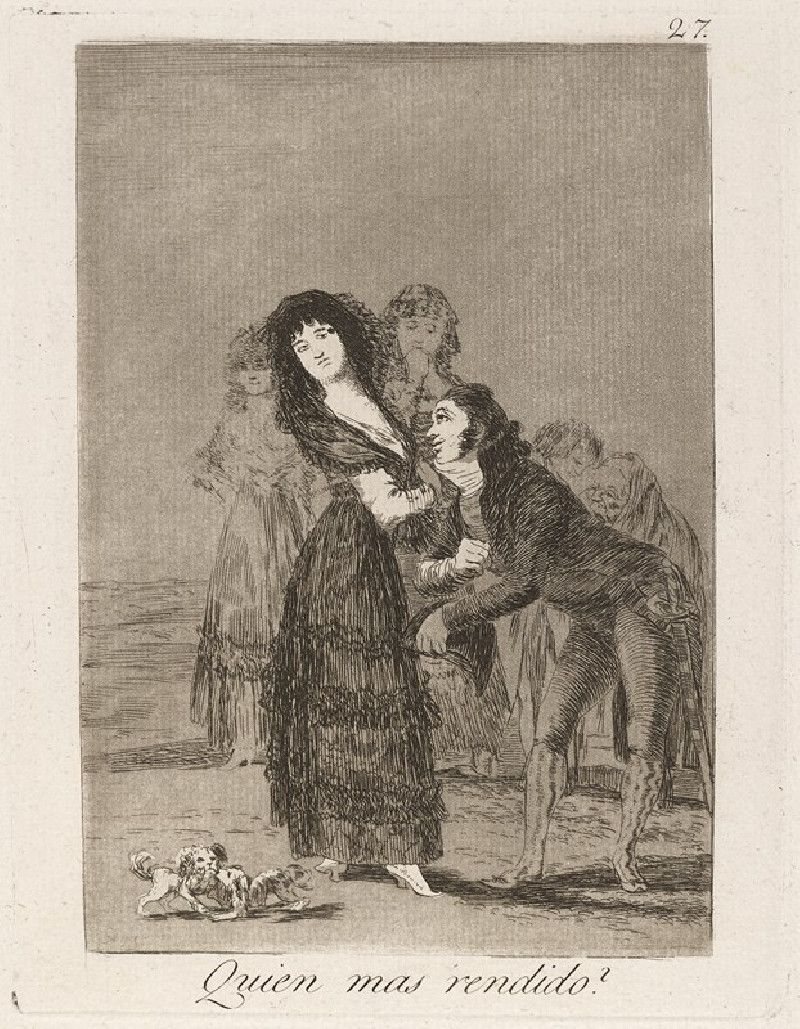
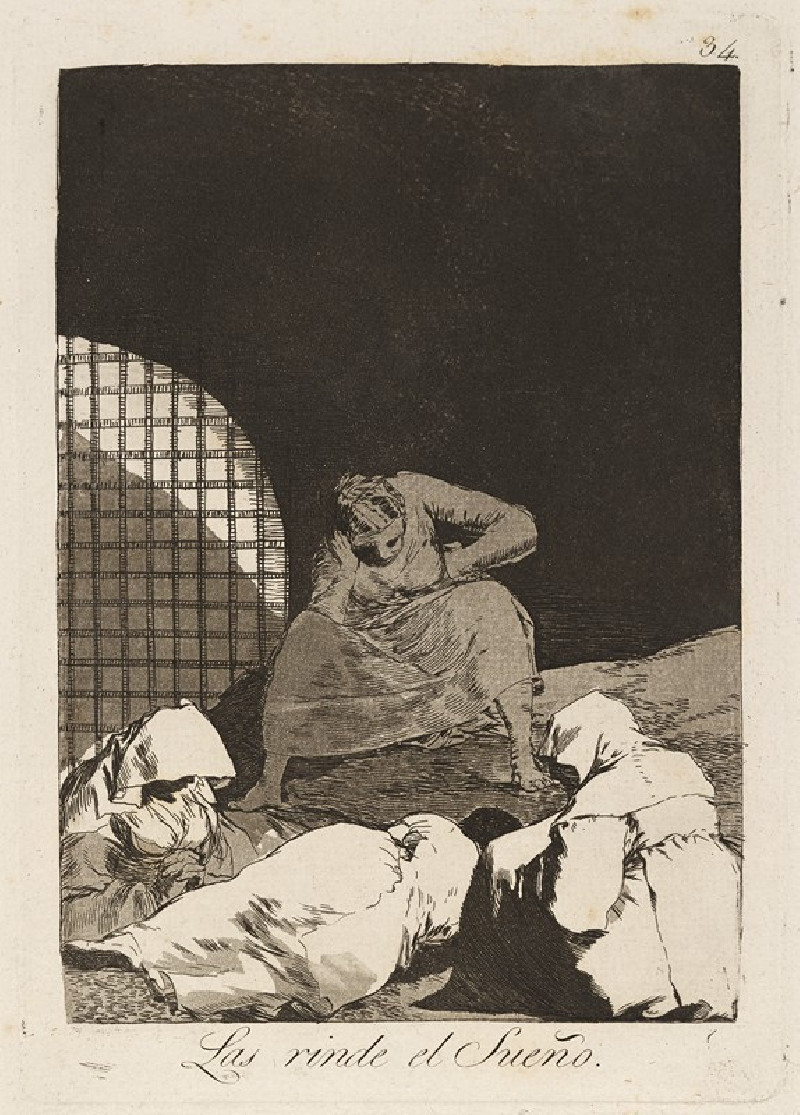
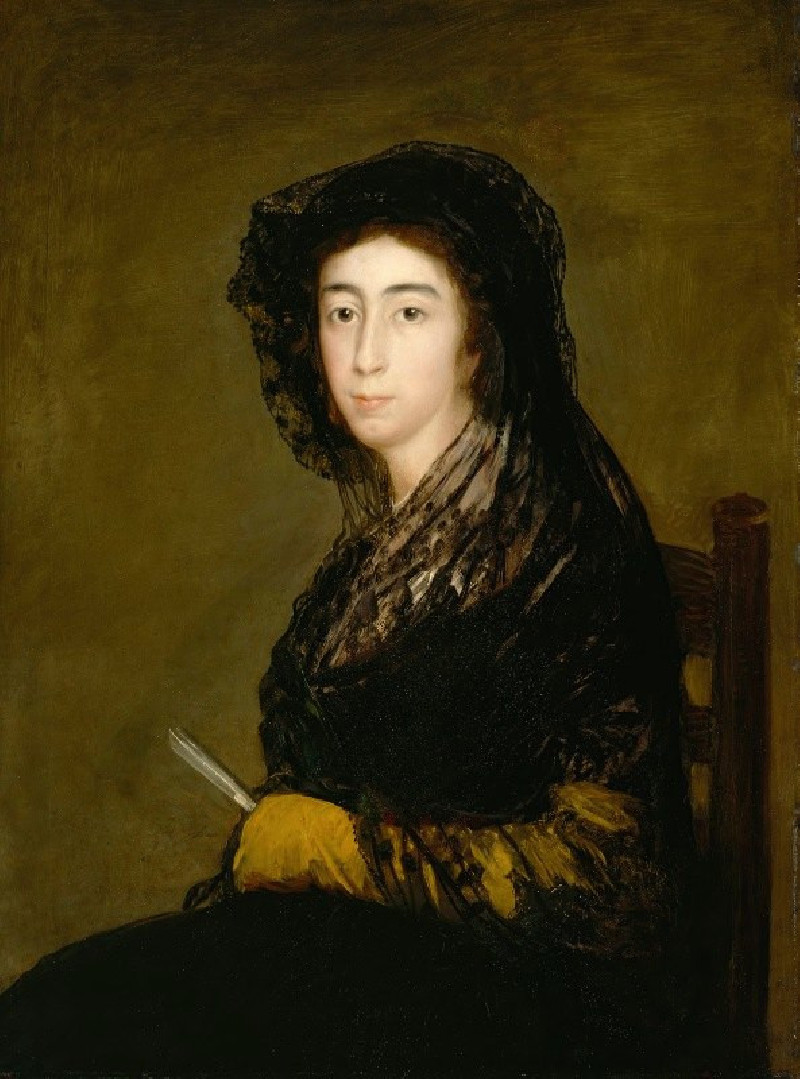
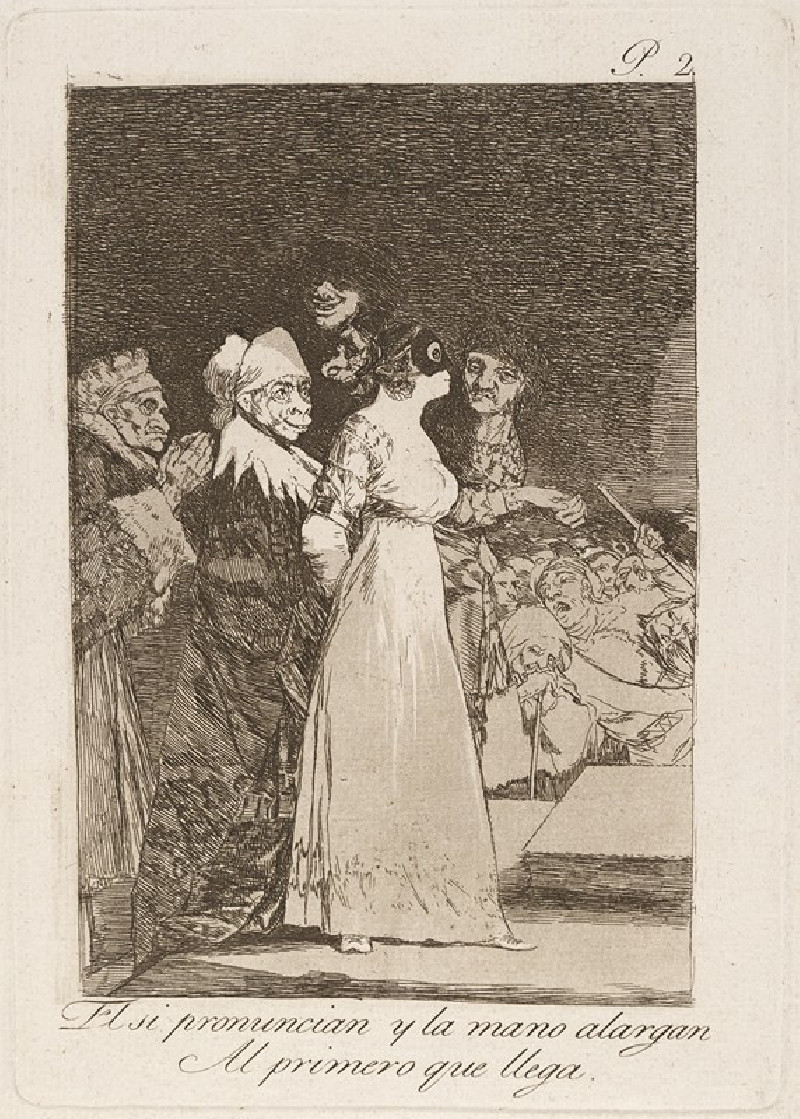
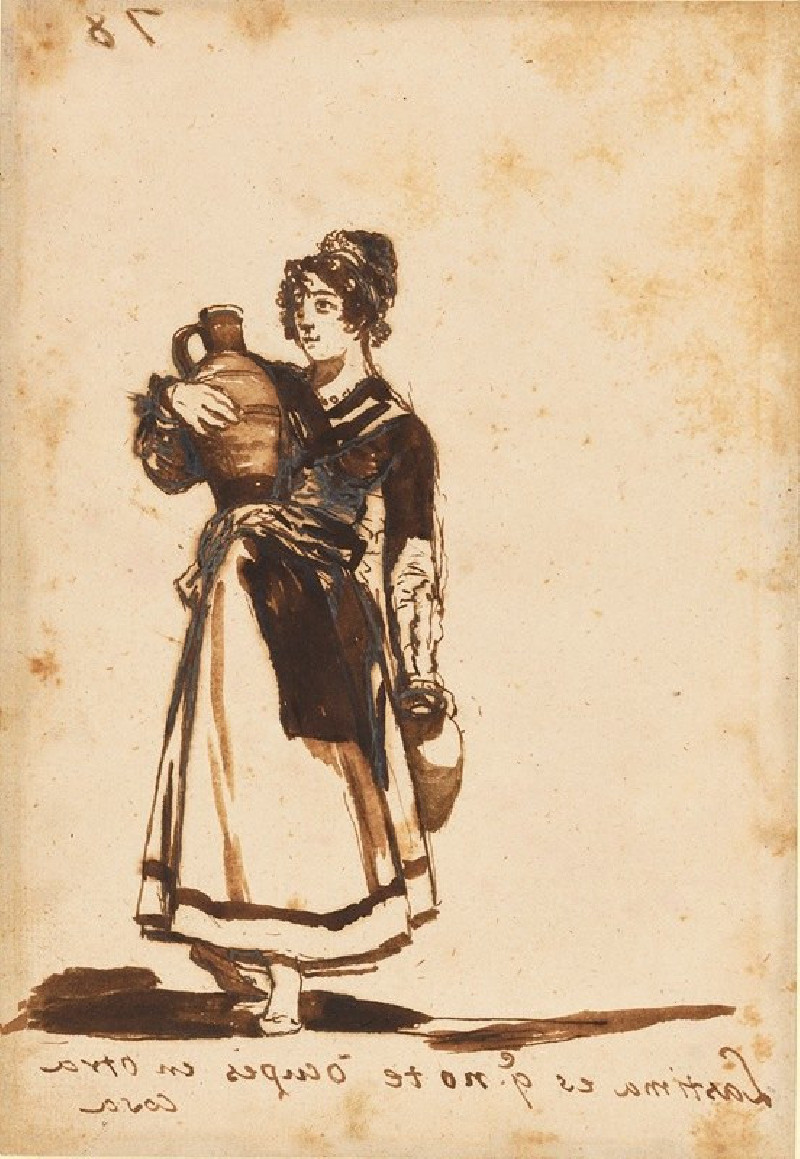
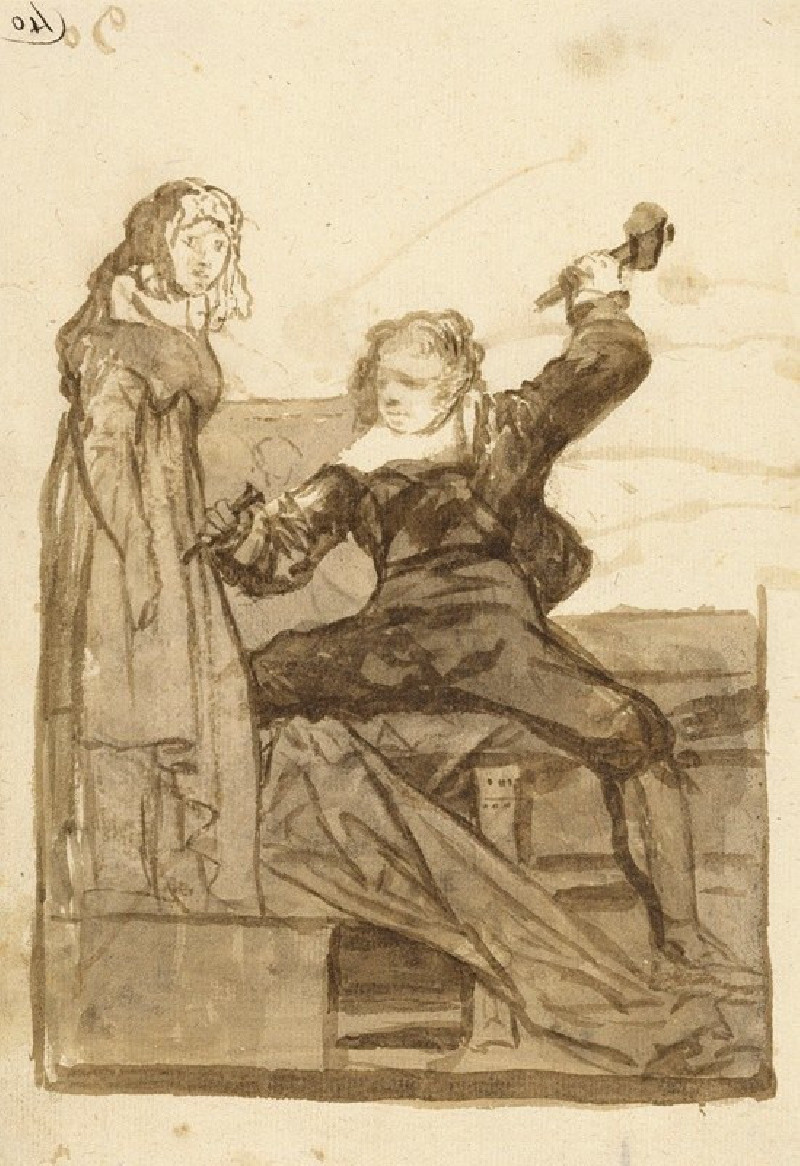

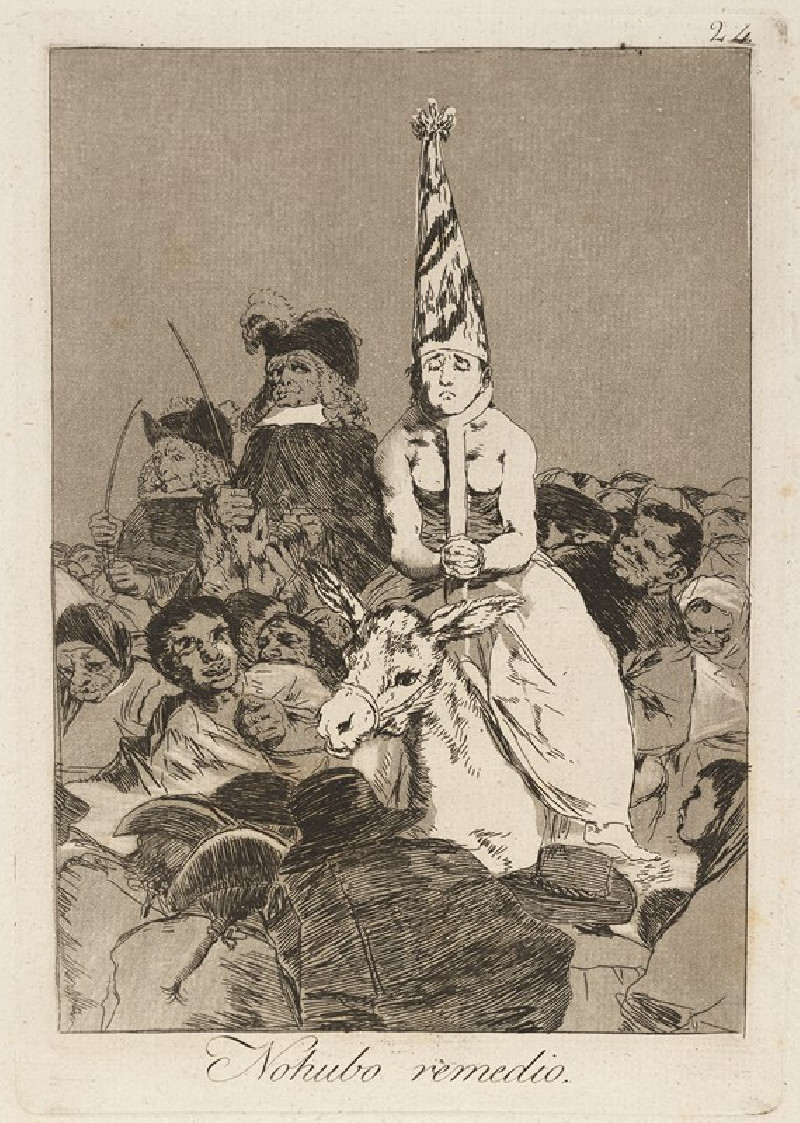

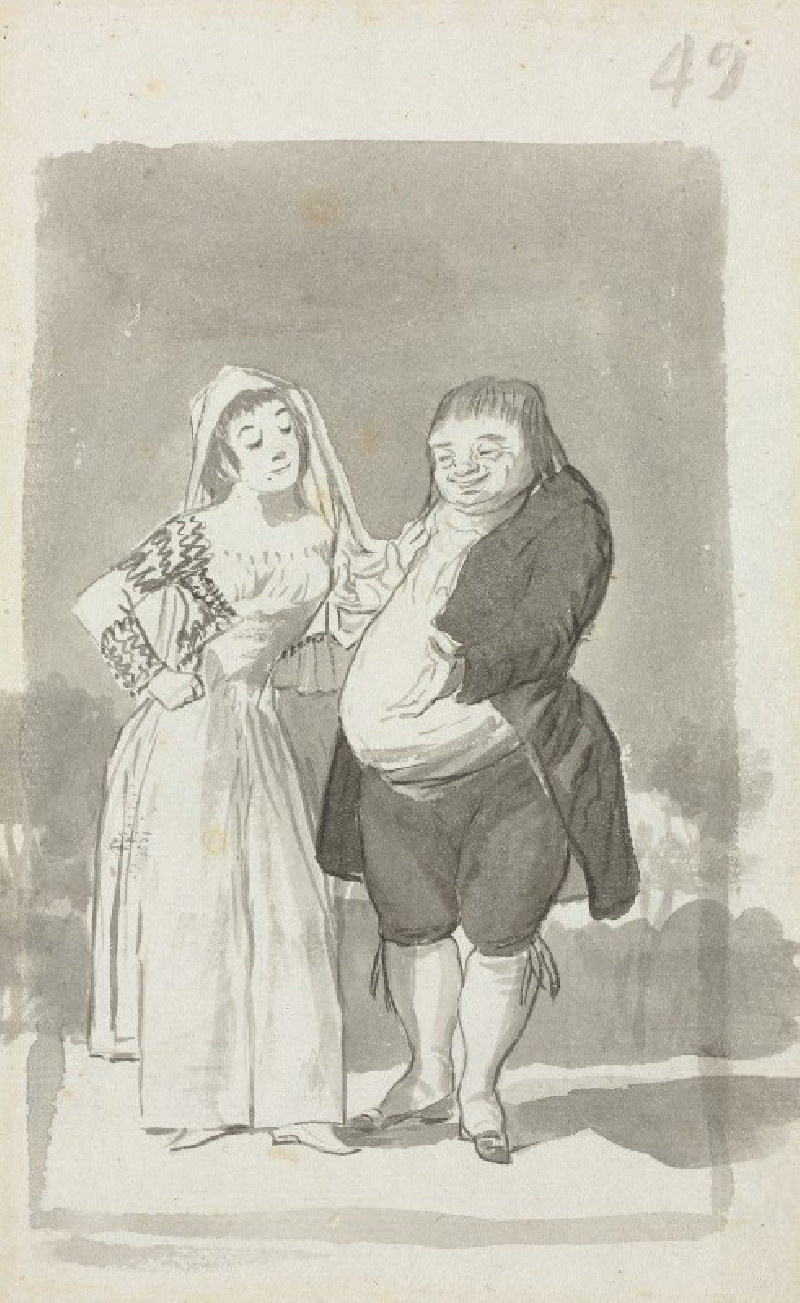

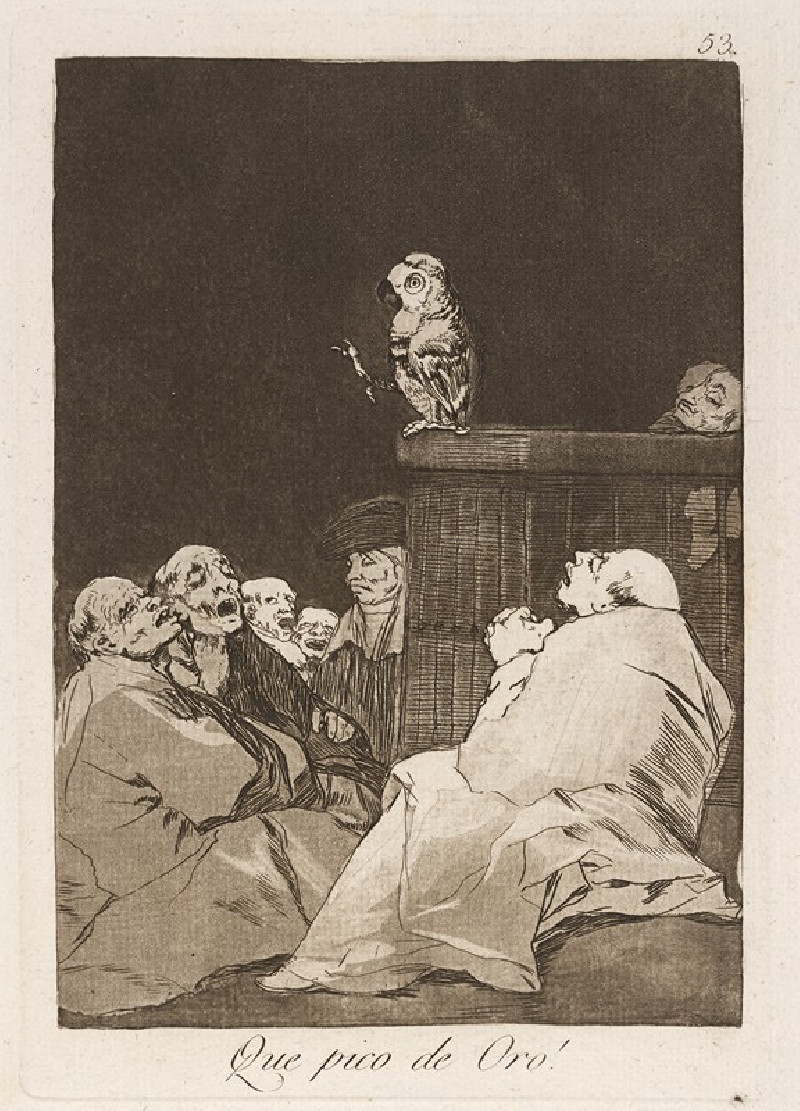
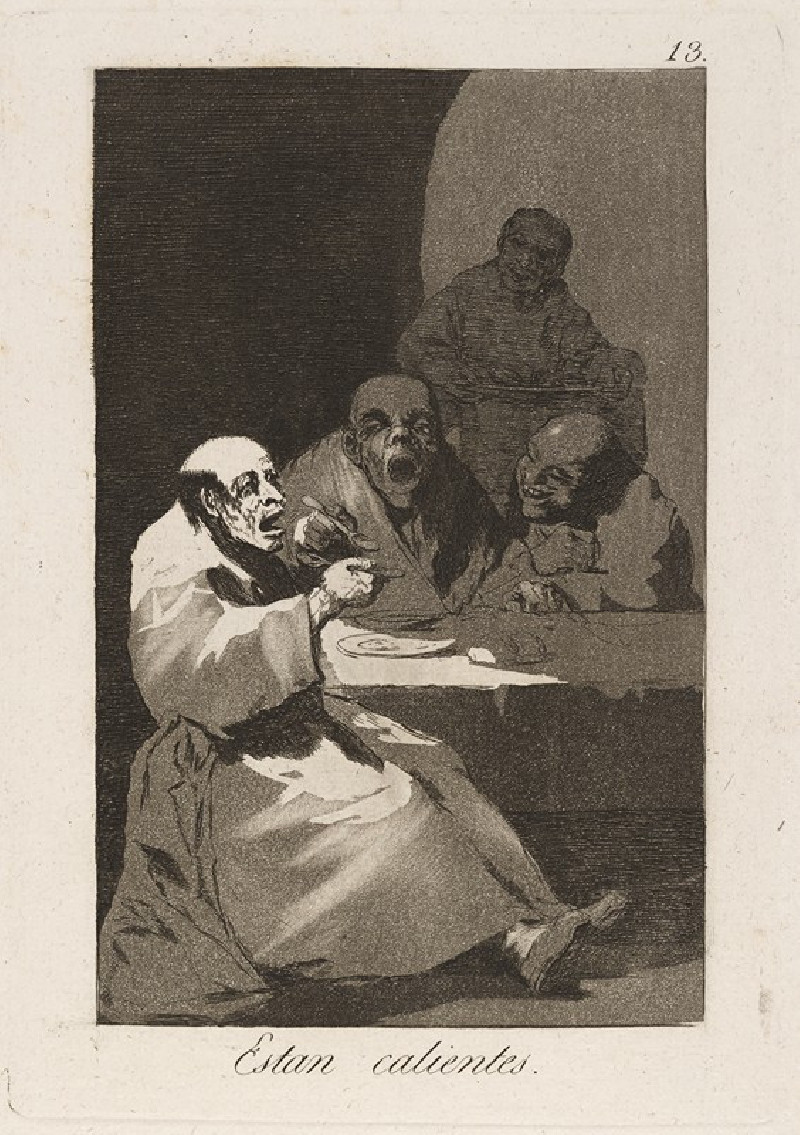

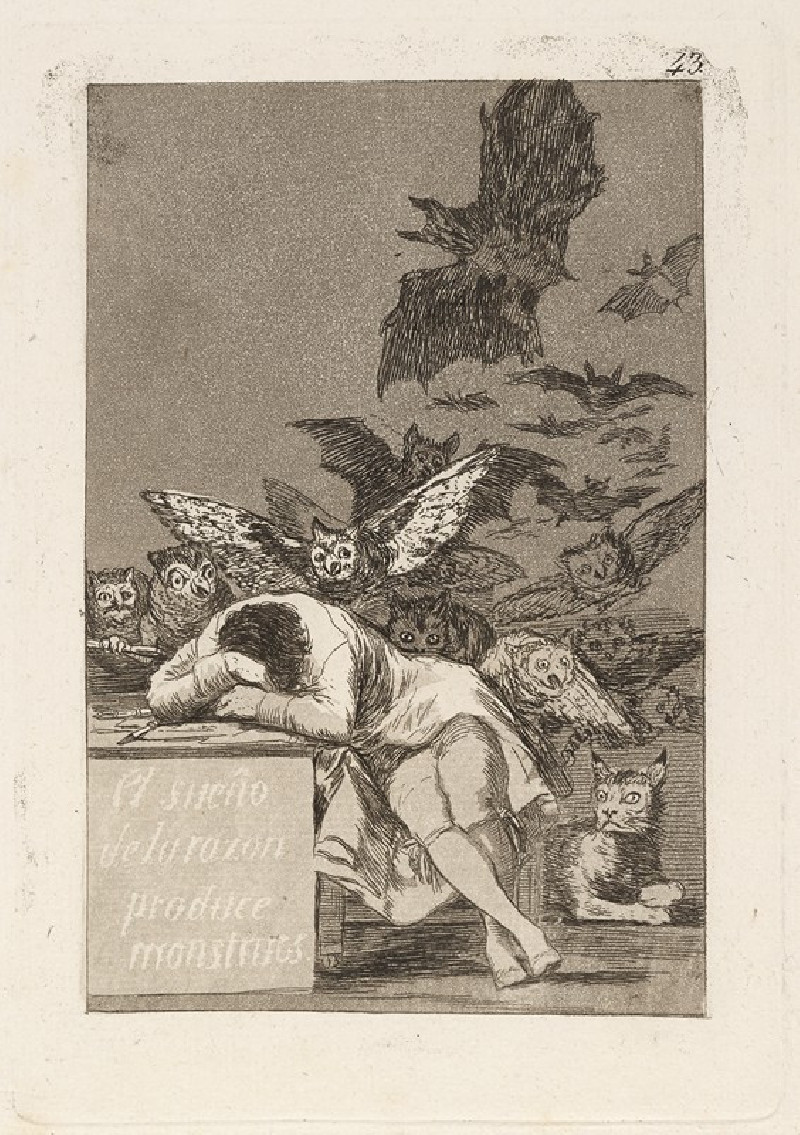
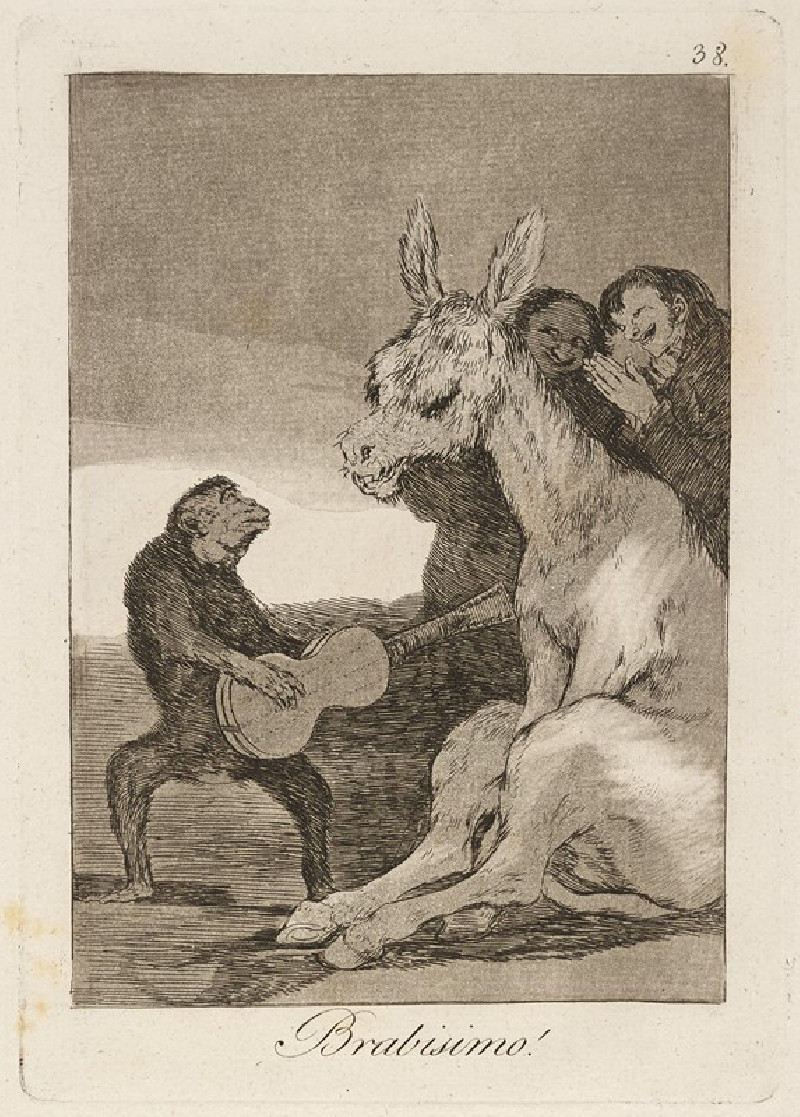


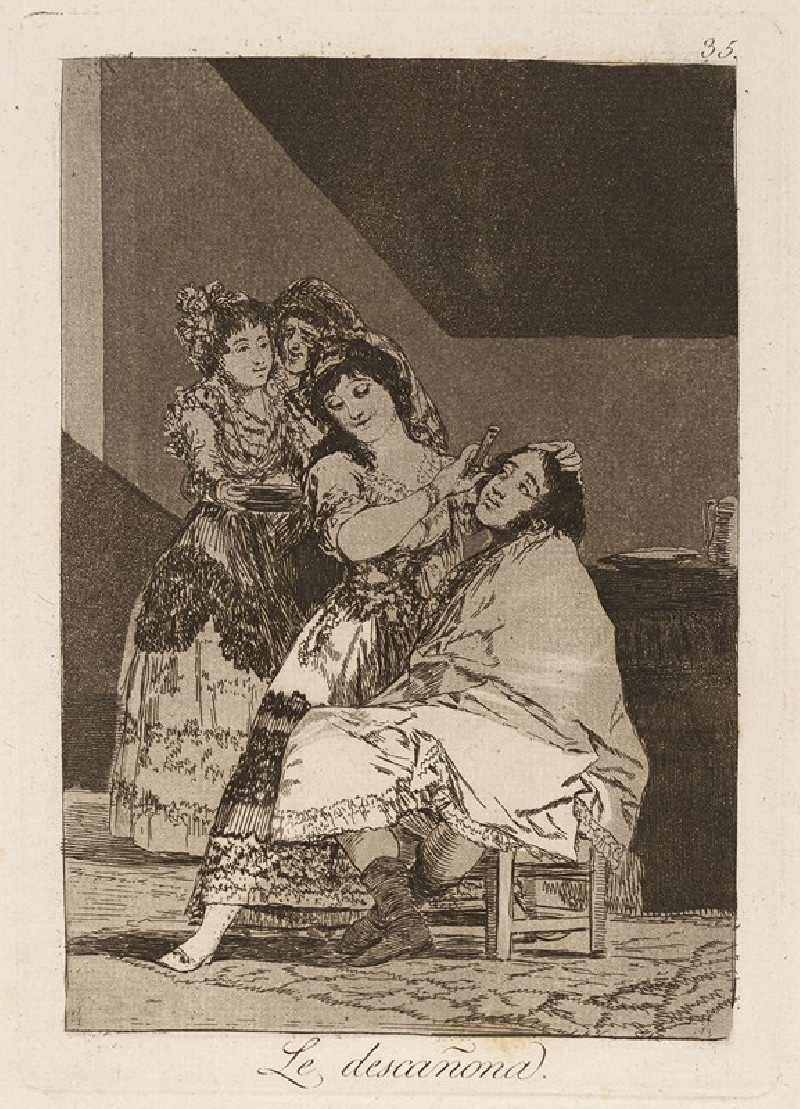
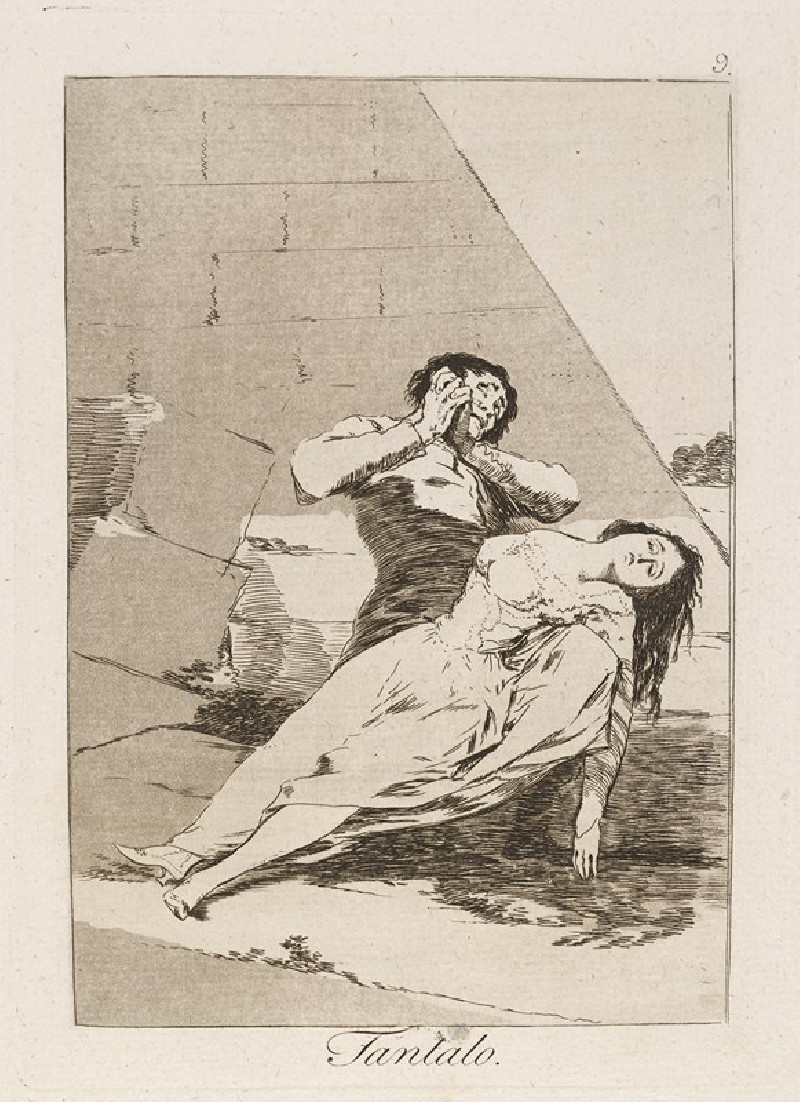



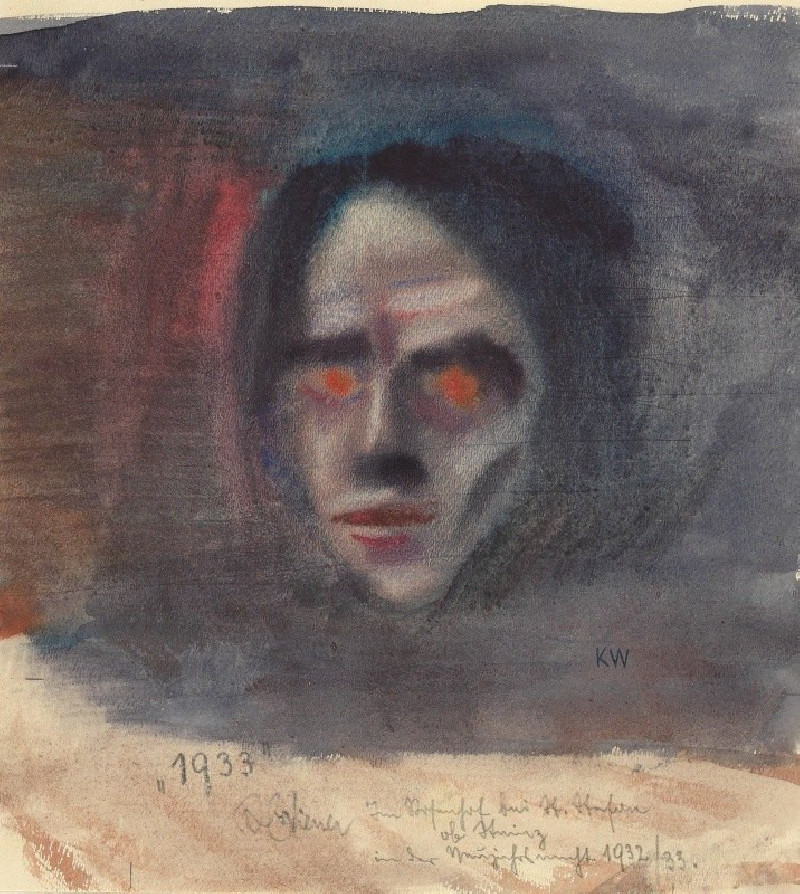

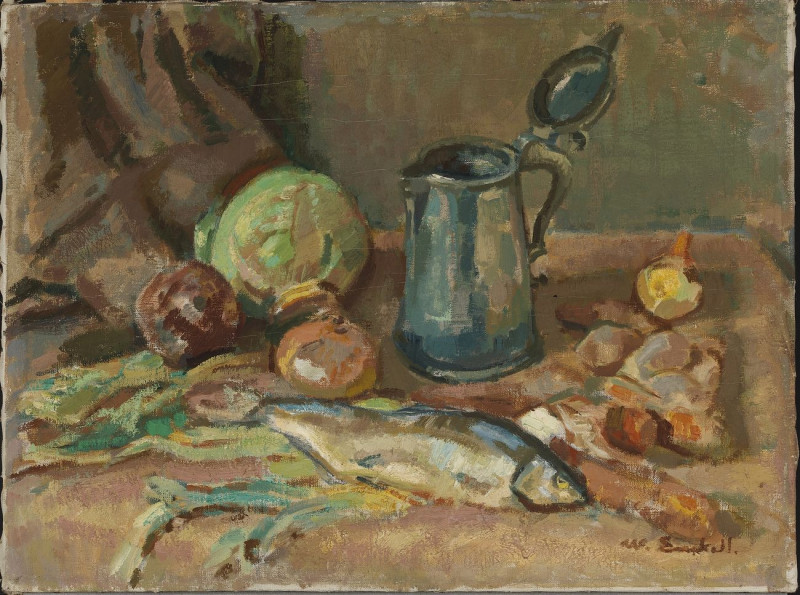
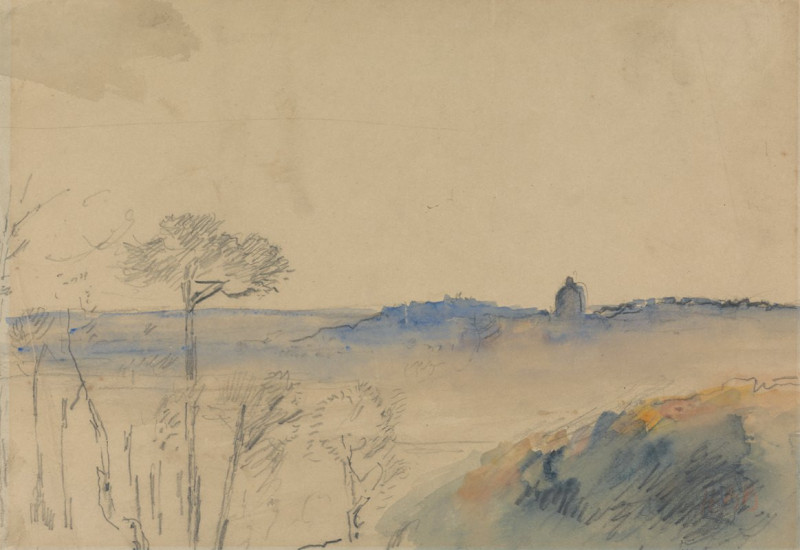
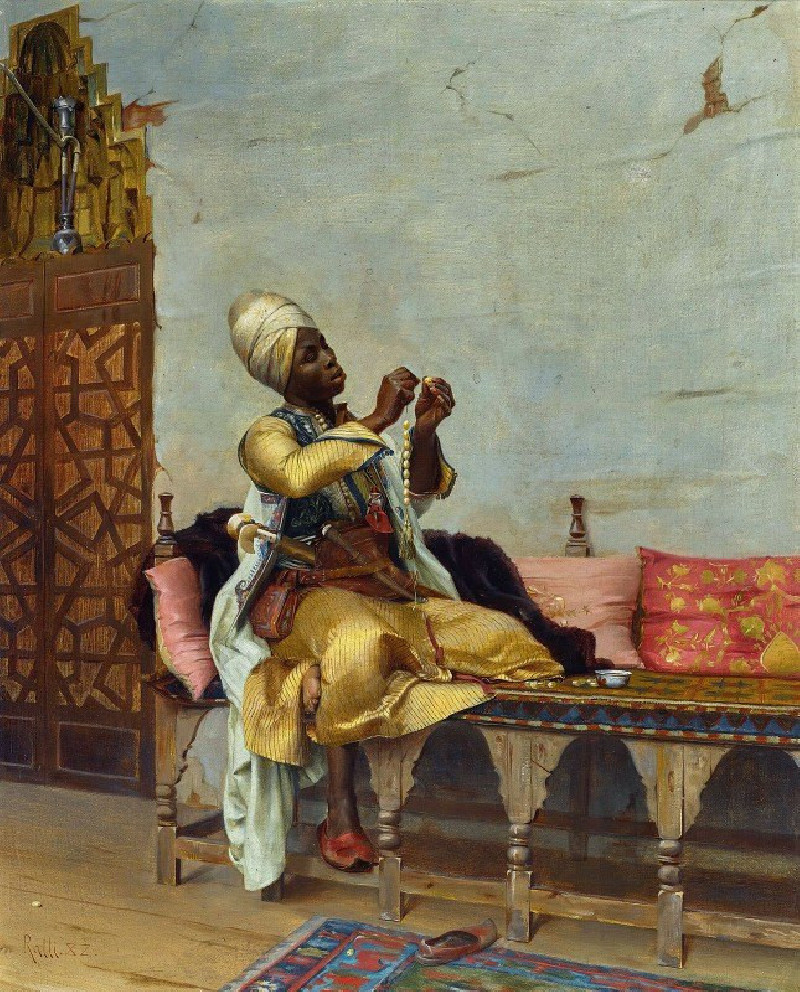
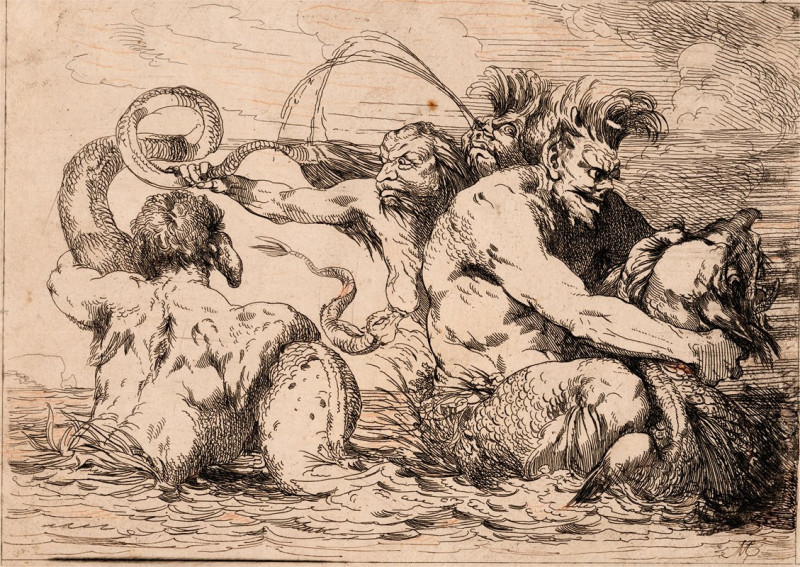
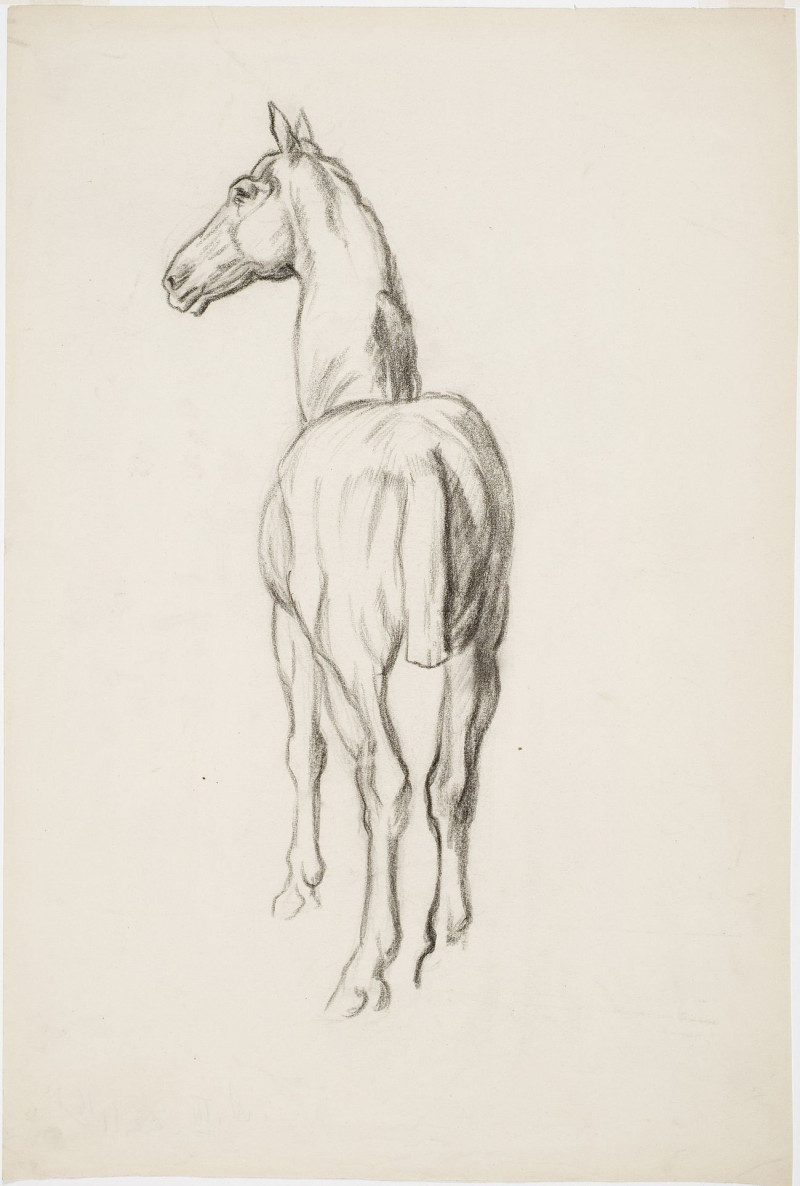
![Untitled [Mother and child] (circa 1924) reproduction of painting by Frances Hodgkins. ALL GICLEE PRINTS](https://reprodukcijos.lt/38355-large_default/reproduction-of-untitled-mother-and-child-circa-1924.jpg)

